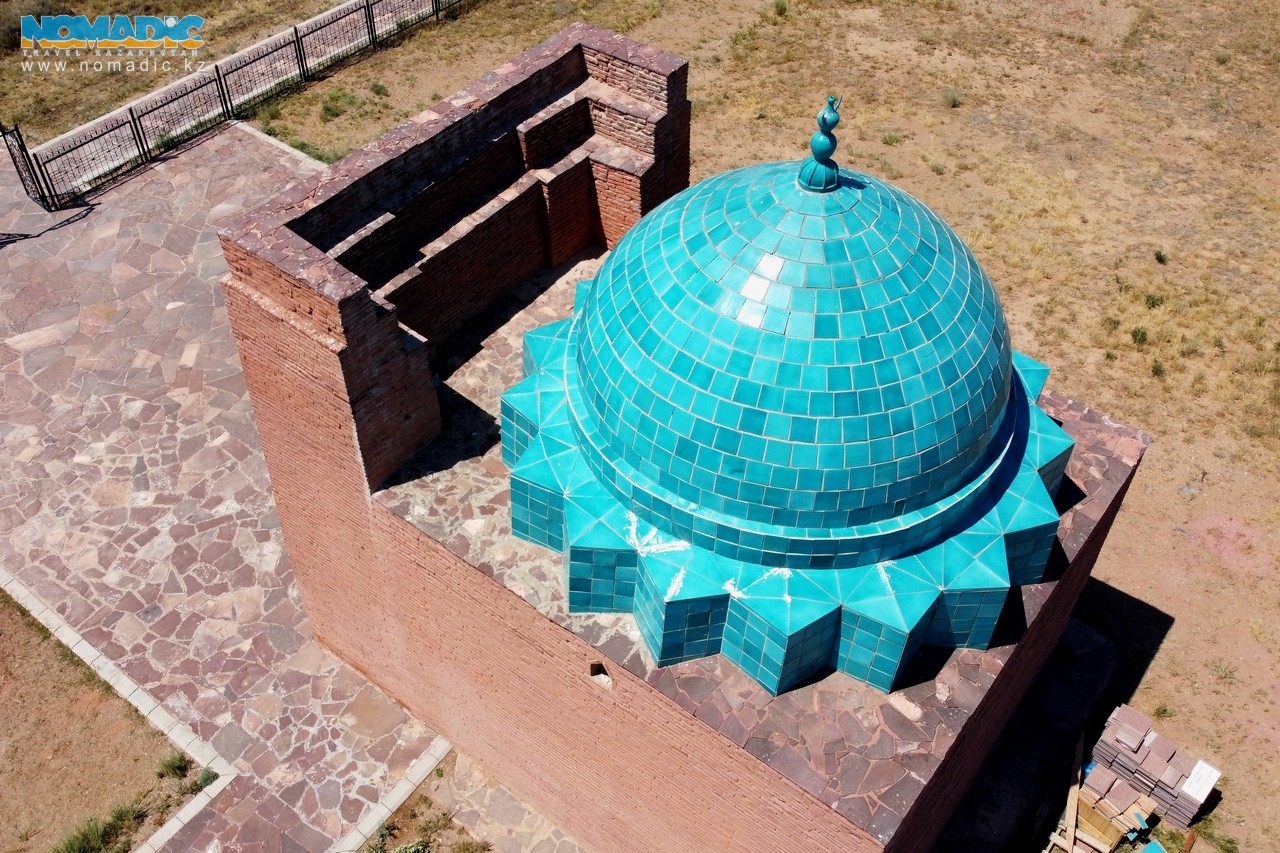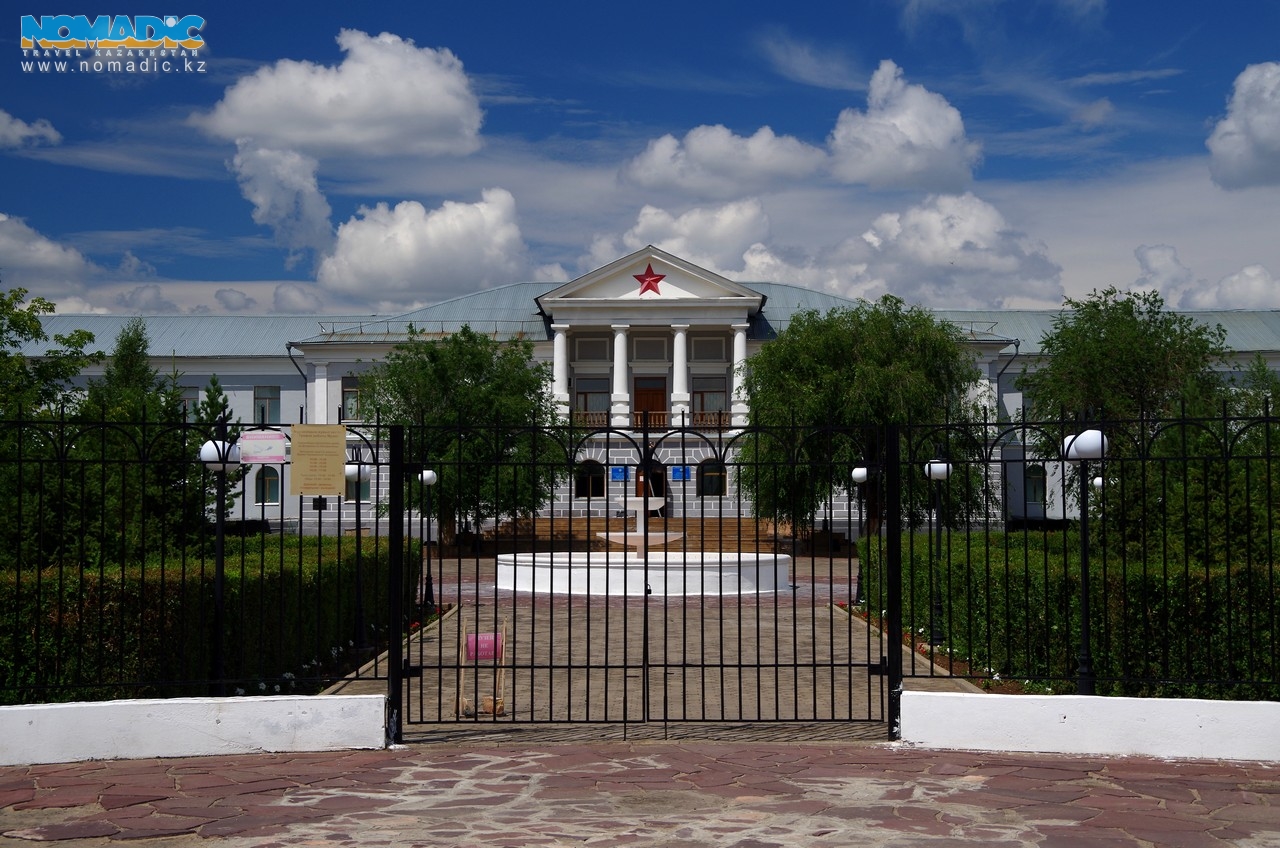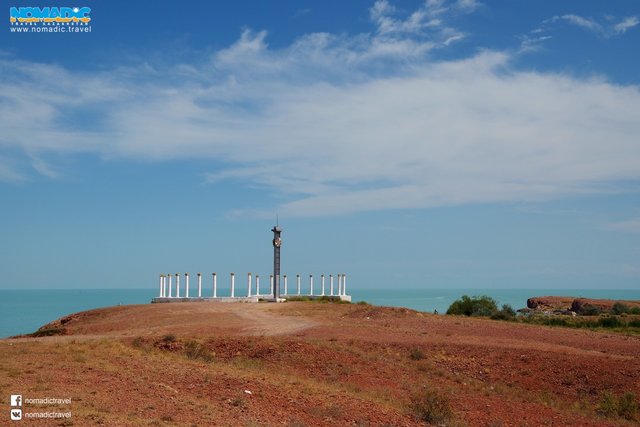Birdwatching is a popular hobby for a lot of people all over the world. More than 60 millions people are fond of it. They travel solely for the purpose of watching new species of birds. And the Korgalzhyn State Nature reserve is considered the best place for birdwatching in Kazakhstan. Korgalzhyn State Nature reserve is the biggest reserve of Kazakhstan, included in the UNESCO World heritage list. It is situated 130 km to the south-west from Astana city and comprises huge steppes and lakes. Korgalzhyn is a real paradise for bird-fanciers.

On the territory of the Korgalzhyn nature reserve the unique sites of wetlands, providing home for the biggest and the most northern population of greater flamingo, are protected (flamingos inhabit this area from mid-April to September). In this period you can also watch “skillful fish hunters”: dalmatian pelicans and cormorants, graceful common herons and egrets as well as demoiselle cranes. The best time for visiting the nature reserve is from mid-April to mid-June. Beginning of May is considered the most interesting period, since it is the time when Shrenk’s tulips begin to bloom and all steppe is covered with bright tints of these wonderful and rare flowers.

Program of the tour
Day 1
Driving from Astana to Korgalzhyn village (130km, 1,5h). Korgalzhyn Nature reserve’s visit-centre attendance. Driving to so called Stone area (46km, 1h) – a picturesque place where Nura river flows out of the Sholak lake. Lunch afield. Driving along the South border of Korgalzhyn reserve (Nura river, Kyzykol lake, Istembet saline, Kulanotpes river, Kon river, hills with small freshwater reservoirs south of Big Tengiz lake) – it takes about 6h with all the stops (140km). Encounters with both saiga and numerous avifauna are expected along the route. Dinner afield and overnight in tents on the Big Tengis Lake shore (we can meet flamingos here as well).
Day 2
Driving by the road laying on the hill range popular among herds of saiga going to Kerey Lake (50km, 2h with stops). Staying on the shores of Lake Kerey, which is a huge salt marsh, on the surface of which (as well as along its banks) herds of saiga move. Moving up the valley of the Kerey River, acquaintance with a number of historical monuments, including a stone statue of the Saka era on the Kerey-2 barrow, with lunch in the field (45 km, 2.5 hours). Driving from Kerey river valley to Astana through Zhanbobek, Barshino and Korgalzhyn (330km, 5h). Arriving to Astana late in the evening. End of the tour.
* This tour does not involve visiting the territory of the Korgalzhyn GPP, therefore, does not require any permits.
**Years of mass extermination have taught the saiga to be very careful, and given the speed of movement of the animal (about 80 km/h), photographing it can be very problematic.

Cost per person
| Size of group |
1 |
2 |
3 |
4 |
5 |
|
Price, KZT |
621 712 |
335 356 |
241 724 |
192 808 |
163 458 |
The above-mentioned prices include: all the journeys by off-highway minibus according to the programme of the tour, services of a driver and an English-speaking guide-interpreter, accommodation in guesthouses in Korgalzhyn village (double and triple rooms available), three meals a day (in a guesthouses or in the field), visiting the visitors center, entrance to the area of reserve, local ranger escort.
The above-mentioned prices do not include: visa expenses and consular fees, insurance, the price of getting to the starting point of the route (Astana city) and back.
If required the tour can be adapted according to the schedule of arrival and departure flights of the participants. In this case the cost of the tour may slightly change.

DISCLAIMER
The program of the tour might be changed due to the force majeure circumstances, including (but not limited to):
– official prohibitions on visiting specially protected areas (national parks, reserves, sanctuaries, etc.) due to epizootics or epidemics, fire-setting and other reasons;
– official prohibitions on visiting sites, located in the territory of the former Semipalatinsk nuclear test site and Kurchatov town, Saryshagan test site, Baikonur city and Cosmodrome site, and other areas with limited access;
– cancellation/postponement of plane, train and other transfers;
– extreme weather conditions (steppe fire, snowstorms, lasting rainstorms, etc.) and its consequences (washed out roads, snow drifts, damaged bridges, etc.);
– traffic restrictions (closures);
– other natural and administrative circumstances beyond the control of the company “Nomadic Travel Kazakhstan”.





